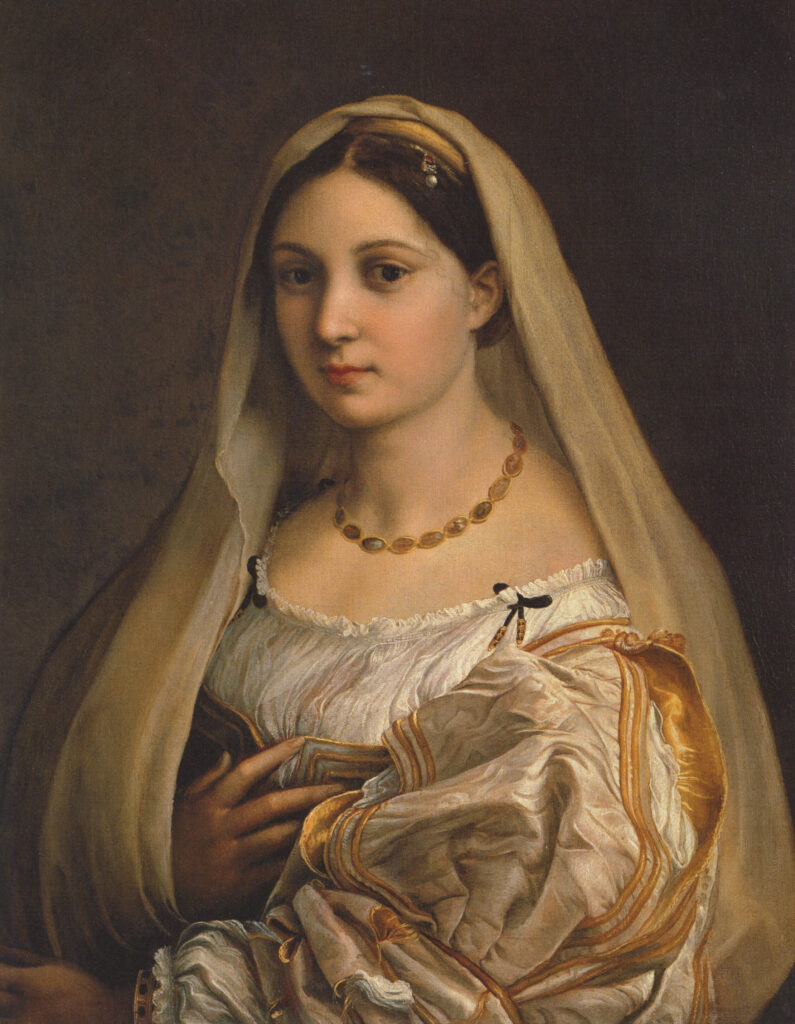Bronzino in 10 Paintings
Bronzino was of the generation of artists who had to find a way of following the perfection of the High Renaissance. They pushed the conventions of...
Catriona Miller, 17 November 2025
Raphael Sanzio, one of the greatest Renaissance painters, died on Good Friday in 1520. He was only 37 years old and at the peak of his artistic powers. So what happened? How did he die?
Giorgio Vasari, great chronicler—and gossipmonger—of his time, recounts in Lives of the Most Excellent Painters, Sculptors, and Architects that Raphael died of… too much sex. There was an easy Renaissance explanation for this—the human body is controlled by humors, health depends on a balance of humors, and Raphael’s was destabilized by too much action in bed. The artist fell into a fever, did not tell his doctors the real cause, and they gave him the wrong treatment, which hastened his death.
The illness lasted 15 days, and luckily Raphael was composed enough to confess his sins, receive the last rites, and put his affairs in order. He dictated his will, in which he left sufficient funds for his mistress’s care, entrusted to his loyal servant Baviera, and left most of his studio contents to other artists, Giulio Romano and Gianfrancesco Penni.
At his request, Raphael was buried in the Pantheon, and his funeral was extremely grand, attended by large crowds. The inscription in his marble sarcophagus sounds: “Here lies that famous Raphael by whom Nature feared to be conquered while he lived, and when he was dying, feared herself to die.”
But who was the unlucky lover, with whom Raphael spent his last happy night?

Raphael never married, but in 1514 became engaged to Maria Bibbiena, the niece of Cardinal Bernardo Dovizi da Bibbiena. He wasn’t very enthusiastic about this marriage—Maria, in the end died, in 1520 as a maiden. Raphael is said to have had many affairs, but a permanent fixture in his life in Rome was beautiful “La Fornarina“, Margarita Luti, the daughter of a baker (fornaro) named Francesco Luti.

Of her, Gustave Flaubert wrote, in his Dictionary of Received Ideas: “Fornarina. She was a beautiful woman. That is all you need to know.” Margarita is not mentioned by Vasari but is named twice in 16th-century marginalia in the second edition of his Lives of the Most Excellent Painters, Sculptors, and Architects. In a letter of 1806, Melchior Missirini recounted the tale of their first meeting—how Raphael fell in love after watching her bathe her feet in the Tiber in the garden beside his house in Trastevere, only to discover that “her mind was as beautiful as her body.” Of course, it might be only a legend, but it certainly fires the imagination.
DailyArt Magazine needs your support. Every contribution, however big or small, is very valuable for our future. Thanks to it, we will be able to sustain and grow the Magazine. Thank you for your help!